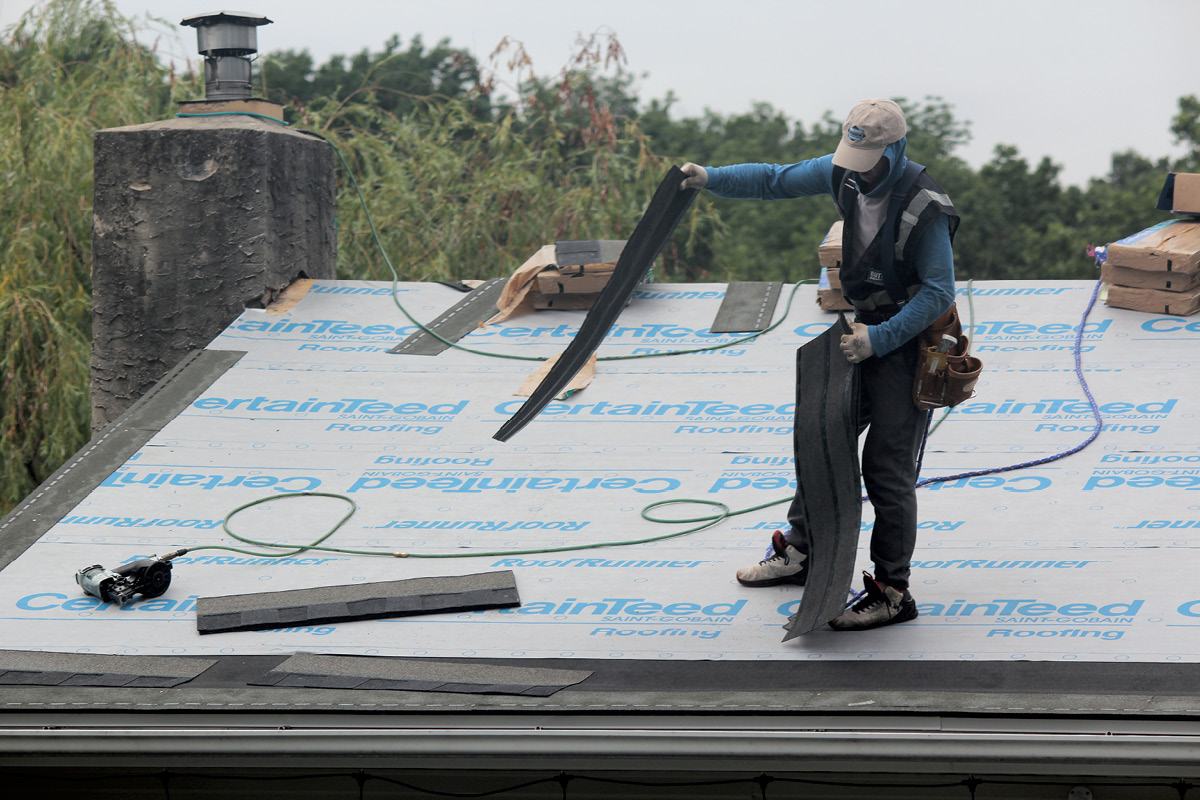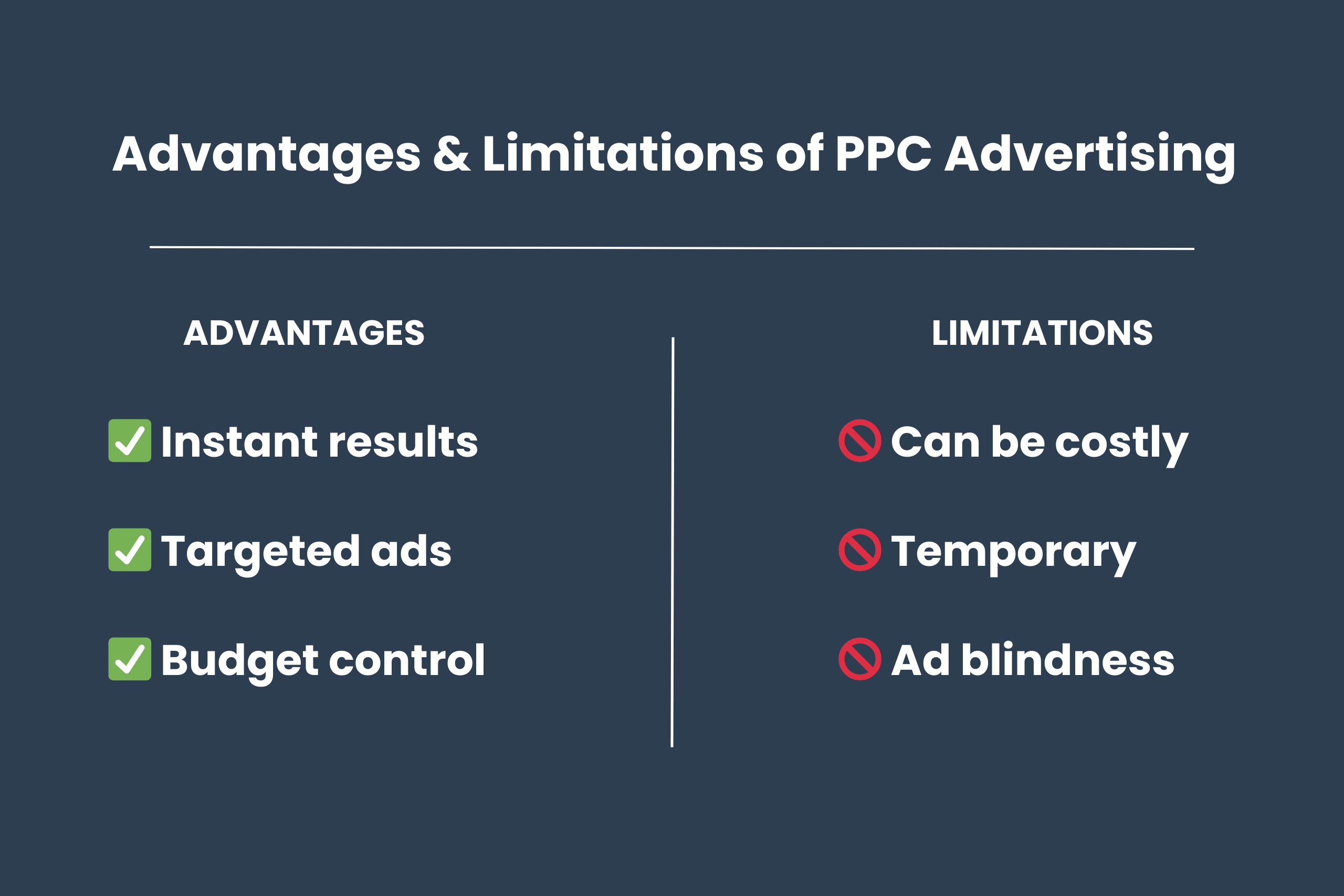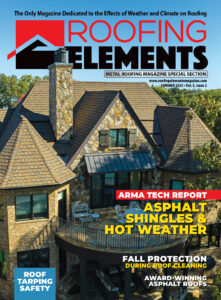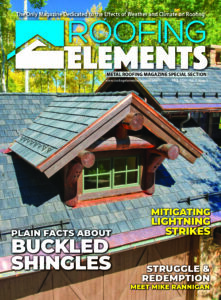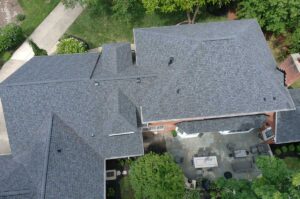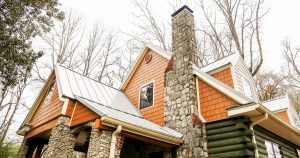Educate your customers for an easy answer to this complex question
BY JESSICA FRANCHUK
You’ve received the calls—“There’s water coming from the ceiling!” “A bunch of shingles blew off in last night’s storm…” and “How much to replace the dented panel?” When a homeowner makes these panicked calls, they’re likely looking for a quick fix or an easy answer—a simple “I’m on the way.” But that simple answer can quickly turn into a selling opportunity for an entire new roof system (depending on the actual damage involved). Educate yourself so you can educate your future customers.
Visible Versus Hidden Problems
The solution to a repair call cannot be offered until a thorough inspection of the entire roof has been completed. Summed up into an easy-to-remember phrase, “You can’t see what you can’t see.” Ken McLauchlan, Director of Sales for Drexel Metals, advised, “Depending on the severity of the damage or the reason for repair, you cannot inspect the condition of the substrate, flashing, underlayments, etc. If you are performing a repair or replacement, there is typically a reason, and it is always best to completely inspect or remove and replace what is necessary.”
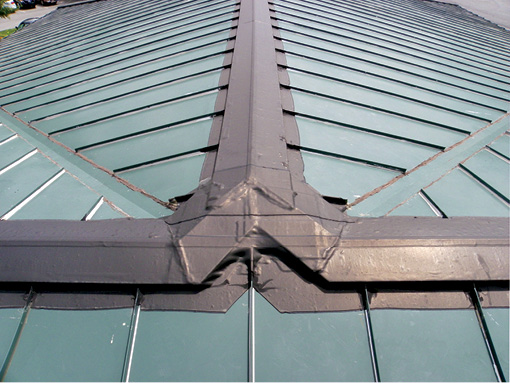
“How not to repair a roof”—some previous repairs can give you an idea of what you’re in for when you get up on the roof. Photos courtesy of Petersen.
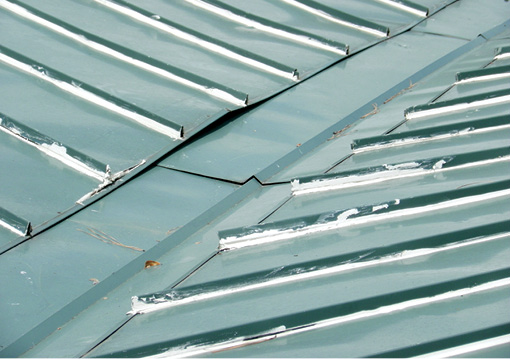
“How not to repair a roof”—some previous repairs can give you an idea of what you’re in for when you get up on the roof. Photos courtesy of Petersen.
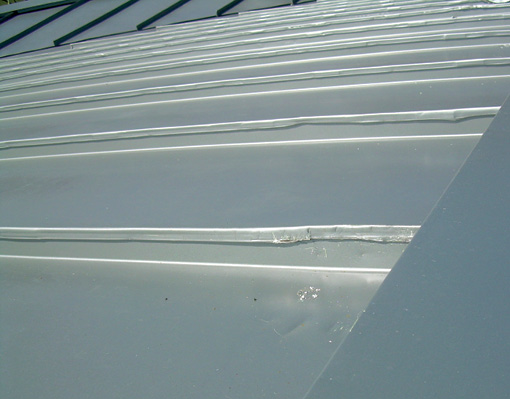
“How not to repair a roof”—some previous repairs can give you an idea of what you’re in for when you get up on the roof. Photos courtesy of Petersen.
[blockquote align=”none” author=””]
Top 5 Considerations
- The roof’s age: If the roof is already nearing the end of its estimated life span, it’s likely time for a full replacement rather than a repair.
- Leaks, and what comes with them: Finding the true source of a leak can be a challenge, with potentially more issues that can’t be seen.
- Percent of damage: Is the issue mostly aesthetic? Or is there deep, structural damage that requires a full take-off?
- Location/region: If the area is prone to hailstorms or hurricanes, a replacement with a more resilient material might be in order.
- Cost: Repeatedly repairing an old, damaged roof can cost more in the long run than a new roofing assembly.
[/blockquote]
On the same point, Dave Landis, Manager: Technical Services SE Region for Petersen, elaborated: “The number one thing here is not being able to see what condition the roof deck assembly is currently in. Is there rotted plywood from a slow water leak somewhere? Or, with a steel deck assembly, is the ISO board insulation wet and spongy? These things will be difficult to pick up if you’re just doing a repair. When going in for a quick fix, you just can’t see underneath the entire roof covering and you don’t know what condition the deck and the entire building are in.
Also, if you’re going to repair a roof that you didn’t install yourself, you have no idea what the previous person has done. Other than assuming they met the proper codes, you just don’t know.”
Just assuming you know what condition the roof deck is in can be a huge risk, potentially creating more problems than you are trying to solve. Alex Pecora, Director Product Development for CertainTeed Roofing, said, “Roof repairs can be tricky as opposed to installing a new system. If the repairs are not properly performed, more damage may occur to the rest of the roof system and even to structural components.”
Not to mention the fact that a contractor who doesn’t know exactly what is under the roof is putting their own safety at risk. Landis added, “On a pre-engineered metal building, the roof system is installed over open purlins that are typically 5’ on center. If there’s a roof issue, you certainty wouldn’t want an inexperienced roofer walking on that roof. You need experience and the proper safety equipment in this scenario.” Landis also included that if the original manufacturer provided a weathertight warranty and the building owner calls for a repair without notifying the manufacturer, they’ve probably just voided whatever warranty they had.
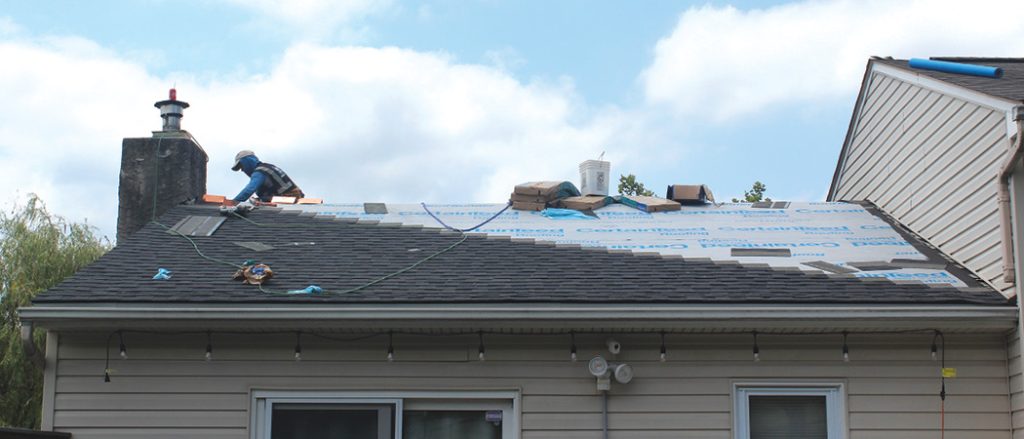
A full, new shingle roof means there are no hidden issues. Photo courtesy of CertainTeed.
A Focus on Education
When you’re the one inspecting and repairing the roof, it’s an obvious choice to opt for a full, new installation rather than a small repair. But your customers might only see flashing dollar signs, especially if they were not expecting a re-roof to be suggested. Re-roofing does have numerous benefits for the building owner though:.
• Aesthetics: Regarding the looks of the home, Pecora said, “A roof accounts for approximately 40% of a home’s curb appeal, so a new roof will make a noticeable impression.” If the owner is considering a sale of the property anytime soon, a new roof can not only make the home more attractive, it can also be a huge selling point for buyers.
In this same regard, repairing a roof might create an unsightly problem. Pecora added, “Shingles can fade over time due to ultraviolet (UV) exposure, so it may be difficult to match the shingle color, which can negatively affect aesthetics.” Landis also noted, “While it is possible to match profiles of metal roofing, depending on the age of the roof, you’re going to have color fade. So if you have a 10-year-old metal roof and you go back and put a new panel on it, you’re going to notice that new panel.”
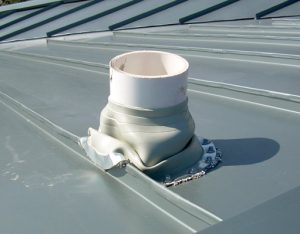
Come across this when hunting for a roof leak, and you’re sure to find many more problems. Photo courtesy of Petersen.
• Peace of Mind: Sitting down with the customer and outlining the significant benefits of a full re-roof is critical. “During my contracting experience, my goal was always to educate the customer, homeowner, or property management company. The better they understand the roofing system and the suspected cause of the issues, the better solution we can provide in that situation,” McLauchlan stated.
When you’re trying to fix a roof with materials that differ from the original assembly, that can also cause future issues down the road. Pecora laid it out: “Generally, a roofing manufacturer’s system components are designed to work in unison versus mixing components from multiple manufacturers. Therefore, a homeowner will have peace of mind in knowing that their new roof is one cohesive system that has been engineered to offer maximum performance.”
• Material Advances: Today’s roofing options differ vastly from those developed even 10 years ago. Products are being created and updated constantly, shared Pecora, “Roofing manufacturers are always developing technological advancements that may not have been available when the roof was installed 10 or 20 years ago. For example, as weather patterns are shifting and, in some regions, becoming more severe, a homeowner may want to consider greater impact- or wind-resistant shingles (when a decade ago, that type of roof may not have been necessary).”
It might seem natural for a roofing contractor to go on a call and try to sell a new roof for monetary gains. However, the reasons behind this choice are significant and better yet, can be explained in layman’s terms. The next time you get the “Help!” call, consider the options and take your time to educate the customer.

